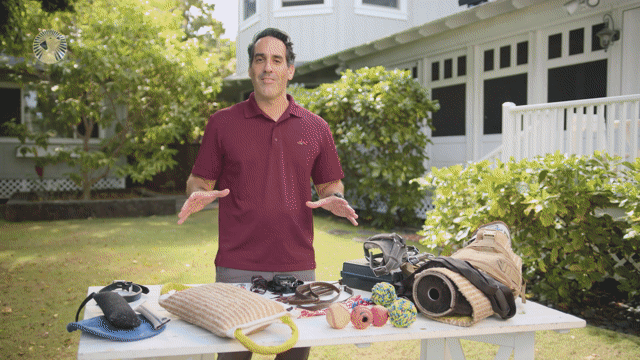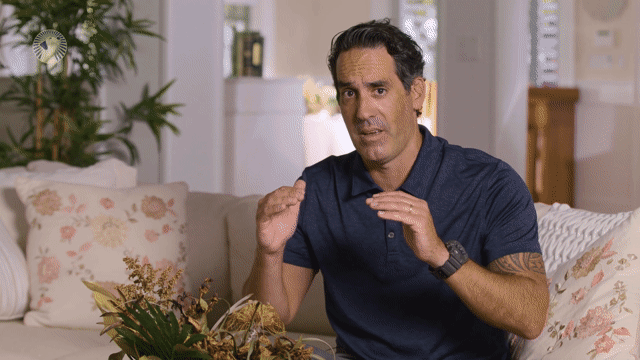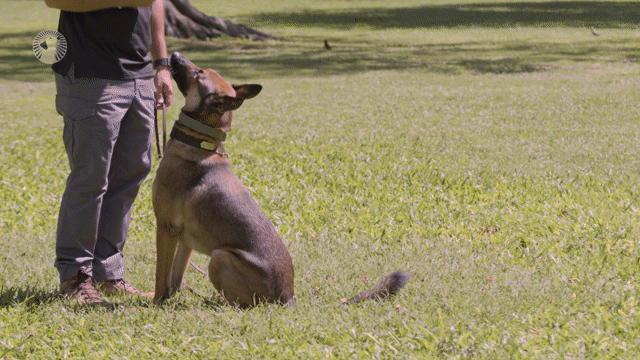How Do You Get a Puppy to Ride in a Car?
Training your dog to ride peacefully in the car is one of the greatest joys you can experience as a dog owner. It can also be one of your biggest challenges. First, while many of us may not initially see any harm in letting the dog remain loose in the vehicle, that mindset is actually very problematic.
The dog can distract you, move around, make noise, and even get injured inside the car. It is much safer for not only you and your dog but also everyone else on the road if your pup is secured in a crate or harness.
Properly securing your pup in the car is paramount to allowing you to concentrate on driving with no distractions. Additionally, as Daniel explains:
"You should be restraining a dog in the car, one way or another. Otherwise, they're a flying projectile. You wouldn't leave 50 lbs of whatever in the back seat that could easily fly into the air if you got into an accident, right?"
Using a crate is likely going to be the best option. For those who have smaller vehicles, you can find soft-shelled, portable crates that will fit in your vehicle. Not only is the dog secured from hazards, but they also will feel more relaxed during the ride since they are in their own familiar environment.
Others prefer using harnesses to secure their pets safely inside the car. Some of these can go around the seatbelt, while others will just work off of gravity to keep your dog planted on the floor of the vehicle. Whichever you choose to do, it is important that you get your dog used to being inside the crate or harness before leaving on a trip.
Getting Your Dog Used to a Portable Crate
Daniel explains in the Beacon Dog crate training section of the course:
Start first by just having the dog around the carrier in a home setting, so he doesn't think it's a trap! Let him be loose with it and see how he responds. If they're happy jumping in and hanging out for a little bit, then you can try closing the top with them in there, but don't secure it.
Just close the top so they have to stay inside for a little bit... let him out after 10 or 15 minutes. Do this several times without giving any commands, just letting them hang out and get used to being in there with no pressure around it.
Put some toys, treats, blankets with your scent, and other comforting items inside the crate while they're getting used to it. In doing this, they start to realize it's a safe place. In time, it becomes their own personal space where they feel comfortable.
If your dog starts to panic when you initially close the crate or harness door, try using soothing words and a calming tone to help reassure your pup. It can be a scary experience initially, but if the training is done correctly and slowly, they will come to see it as a positive place.
Useful Ressources

Key Training Tools and Gear
As a dog trainer, you need the right tools to make training your dog easier. Learn how to choose the best dog training tools and gear for training sessions.

Problem-Solving Theories
Learn how to correct dog behavior problems (including food possessiveness and aggression) in order to make your life with a dog so much easier.

The Primal Power of Food
How to motivate your dog using food. Learn how to use food throughout your dog’s life to get the best out of them. Become an expert in motivating your dogs!

The Basics of Dog Psychology
You love your dog, but do you really know what your pup is trying to tell you? Most people don't. Dogs have a complex language of their own, and if we want to learn how to communicate with them on a deep level, we need to understand this language better.

Building Confidence in Your Dog
This article will help you teach your dog that he can overcome any hurdle, building confidence and a greater bond with you along the way.

Popular Dog Training Methods
There are many dog training methods, each technique having valuable use in different scenarios. So, how do you choose the right training program for your dog?

How Do I Get My Dog to Like Training?
Think about it, if you don't enjoy training your dog, neither will they. To get your dog to like training, you're going to need to find ways to make it more fun!